Invented by Huiquan Han, Qing Chen, Keith Soo-Nyung Kwak, Xiaolan Zhou, Amgen Inc
Anti-activin A antibodies work by binding to activin A and preventing it from carrying out its normal functions. This can help to reduce inflammation, slow down cell growth, and promote tissue repair. As a result, anti-activin A antibodies have the potential to be used in a wide range of medical applications.
One of the most promising areas for the use of anti-activin A antibodies is in the treatment of cancer. Activin A has been shown to play a role in the growth and spread of several types of cancer, including breast, prostate, and lung cancer. By blocking activin A with anti-activin A antibodies, it may be possible to slow down or even halt the progression of these cancers.
Another potential application for anti-activin A antibodies is in the treatment of fibrosis. Fibrosis is a condition in which excess scar tissue forms in the body, leading to organ damage and dysfunction. Activin A has been shown to contribute to the development of fibrosis in several organs, including the liver and kidneys. By blocking activin A with anti-activin A antibodies, it may be possible to slow down or even reverse the progression of fibrosis.
The market for anti-activin A antibodies is still relatively small, but it is expected to grow rapidly in the coming years. Several pharmaceutical companies are currently developing anti-activin A antibodies for use in cancer and fibrosis, and there is also interest in using these antibodies in other areas, such as wound healing and autoimmune diseases.
One of the main challenges facing the market for anti-activin A antibodies is the high cost of development and production. Antibody-based therapies are typically more expensive to develop and produce than traditional small-molecule drugs, and this can make them less accessible to patients. However, as the technology for producing antibodies improves and more companies enter the market, it is likely that the cost of these therapies will come down.
In conclusion, anti-activin A antibodies represent a promising new class of therapies for a variety of medical conditions. While the market for these antibodies is still relatively small, it is expected to grow rapidly in the coming years as more companies enter the market and new applications for these therapies are discovered. With continued investment and research, anti-activin A antibodies have the potential to revolutionize the treatment of cancer, fibrosis, and other diseases.
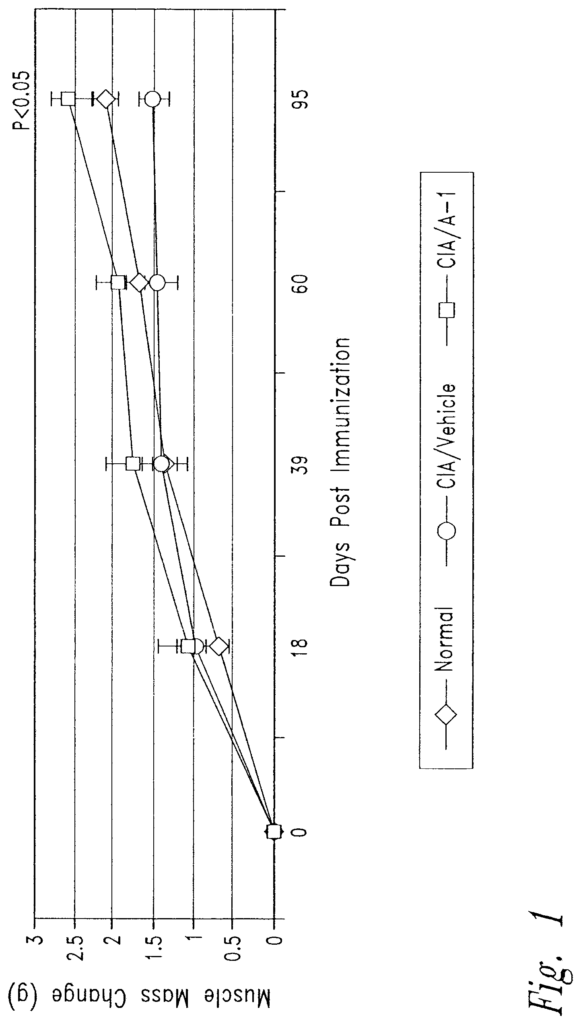
The Amgen Inc invention works as follows
The disclosure includes compositions and methodologies derived from or related to anti-activin A-binding proteins, such as antibodies. The disclosure includes anti-activin A fragments and derivatives that bind to human activin A. It also contains polypeptides containing such fragments. Nucleic acids that encode such antibodies and antibody fragments as well as polypeptides are also provided. Cells containing such polynucleotides can be used to make such polynucleotides.
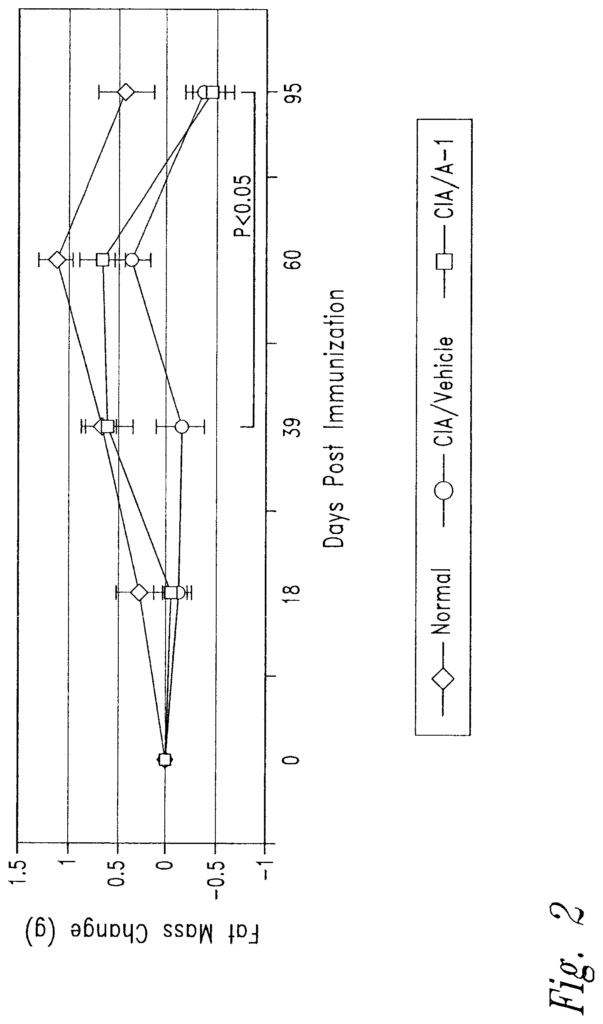
Background for Anti-activin A antibodies
Many serious diseases are accompanied with a condition called cachexia. This refers to a loss of body mass. The body cell mass (BCM), which is made up of visceral, immune and muscle mass. BCM accounts for 95 percent of metabolic activity in the body. Five percent of BCM loss leads to altered morbidity, muscle weakness, altered metabolism, and an increased risk of infection. “A forty percent loss could result in death.
Examples in which cachexia has a significant impact on the outcome of underlying diseases include a wide range of major health issues today. Rheumatoid patients with RA lose between 13 and 15 percent of their BCM. The mortality rate of RA patients is two to five times higher when they have cachexia. Rheumatoid caucastic obesity and hypercytokinaemic caucasis are also related conditions. Cancer-related cachexia is a major cause of morbidity and death. It also affects a patient’s tolerance to potentially life-saving treatments.
The need for compositions and techniques to reverse or prevent disease-related cachexia has been felt in the art since long. These compositions and methods will be described herein.
The L Q
The isolated antigen-binding protein can also be composed of an amino-acid sequence chosen from among the following: a. A light-chain CDR1 that is no different from that of a CDR1 of L1 to L14 by more than six amino-acid additions or deletions; b. A light-chain CDR2 that is no different from that of a CDR2 of L1 to L14 by more than two amino-acid additions or deletions; c. A
The isolated antigen-binding protein can also be characterized by an amino-acid sequence chosen from among the following: a. A light-chain CDR1 that is no different from a CDR1 of L1 to L14 in terms of additions or deletions; b. A light-chain CDR2 that is no different from a CDR2 of L1 to L14, c. A light-chain CDR3 that does not differ by more than two additions or deletions; d.
The isolated antigen-binding protein can also be characterized by an amino-acid sequence chosen from among the following: a. A light-chain CDR1 that is not more than four amino-acid additions or deletions apart from a CDR1 of L1 to L14. b. A light-chain CDR2 of L1 to L14. c. A light-chain CDR3 that is no different than one amino-acid addition, deletion, or substitution from a CDR3 of L1 -L1-L1-L1-L1-L1-L1-L1-L1-L1- L1-L1- L1-L1-L1-L1-L1-L1- L1-L1-L1-L1-l1-L1-L1-L1-L1-L14-L14-L1-L14-L1-L14-L14-L1-L14- L1-L1-C a CDR3-C3-C a C3-C3-C3
In a further aspect the isolated antigen-binding protein contains an amino-acid sequence selected from: a. A light chain CDR1 that differs no more that a combined total of three additions or substitutions of amino acids from a CDR1 of L1 to L14; b. A light chain CDR3 of L1 to L14; c. A heavy chain CDR2 that differs no more that a combined total of two additions, replacements and/or deletes
The isolated antigen-binding protein can also be composed of an amino-acid sequence chosen from the following: a. A light-chain CDR1 that is no different from a CDR1 of L1 to L14 by more than two amino-acid additions, deletions or substitutions; b. A heavy-chain CDR2 that is no different from a CDR2 of H1 to H14 by more than one amino-acid addition, deletion or substitution; and c. Heavy-
In yet another aspect, the isolated protein binding antigen comprises an amino-acid sequence chosen from: a. A light chain CDR1 that differs from a CDR1 of L1 to L14 by no more than one amino-acid addition, substitution or deletion; and b. A heavy chain CDR2 of H1 to H14.
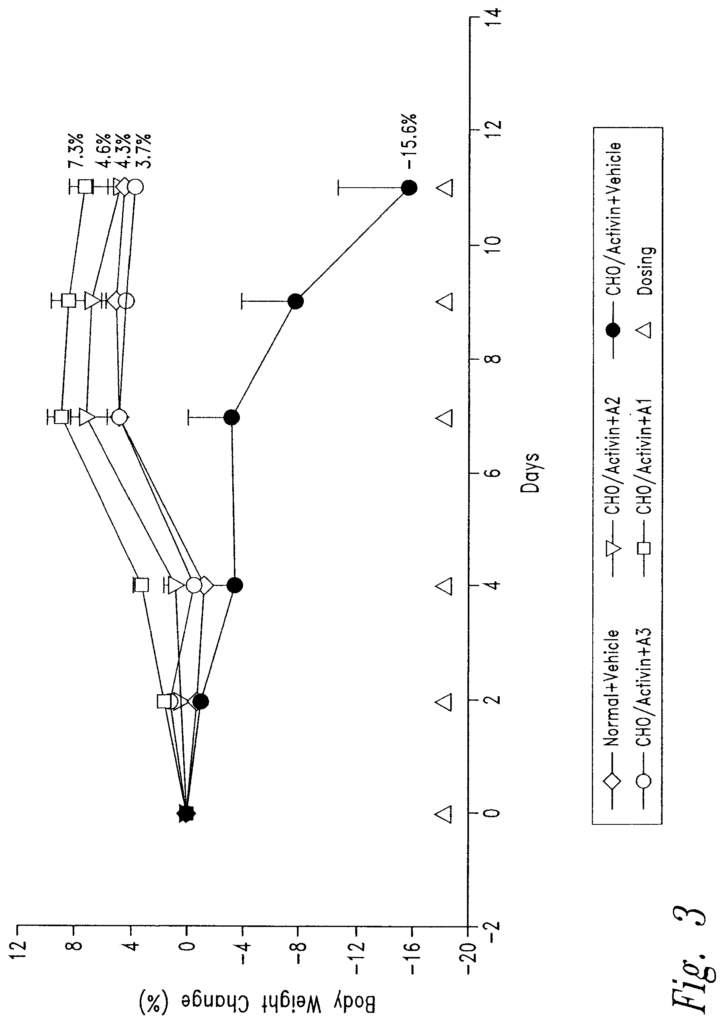
Another aspect is that the antigen-binding protein isolated has a CDR1 of L1 to L14.
The isolated antigen-binding protein may contain a sequence chosen from a group consisting (R/K)SSQS(L/I)L(H/Y)S(T/S)(GN)(Y/N)(N/K)(-/K)YL(D/V) (SEQ ID NO:115); ii. RA(S/G)QGI(S/R)N(D/N)L-(V/G) (SEQ ID NO:250); iii. RASQSISNYLNT(SEQ ID No:251) and iv. SG(D/E)K(L/W)G(D/E)K(F/Y)(A/V)(F/C) (SEQ ID NO:123); b. a light chain CDR2 sequence selected from the group consisting of: i. (H/Q/L/D)D(T/N/S/S)K X40 X41 S X42 X43 X44 S (SEQ ID NO:124), wherein X40 is an alanine residue, a tryptophan residue, or a leucine residue, X41 is a threonine residue, an alanine residue, or a glycine residue, X42 is a serine residue, a methionine residue, or a phenylalanine residue, X43 is a leucine residue or an arginine residue, X44 is a glutamine residue, a glutamate residue, or an alanine residue, c. a heavy chain CDR1 sequence selected from the group consisting of: i. GGS(I/F)(N/S)(S/A)(-/G)(-/G)(F/Y)YWS (SEQ ID NO:252); ii. G X27 F X28 Y X29 X30 S X31 G(Y/F)TF(T/S)-(S/A)Y(G/W)(L/M/I)(S/H) (SEQ ID NO:140); d. a heavy chain CDR2 sequence selected from the group consisting of: i. (Y/E)I(S/Y/N)(Y/H)SG(S/G)T(Y/N)YNPSLK(S/R) (SEQ ID NO:142); ii. (V/N)I(K/W)(Y/Q)DGS(N/E/T)(K/E)Y(H/Y)(A/V)DSVKG (SEQ ID NO:179); and iii. “X60 I,X61,X62,X63,X64,X65,
The isolated antigen-binding protein has a heavy chain CDR3 that is no different than two amino acids in addition, substitution, or deletion from the CDR3 of H1 to H14.
In other aspects, the isolated protein binds antigens with a heavy-chain CDR3 that is no different than one amino acid in addition, deletion, or substitution from a CDR3 of H1 to H14.
In yet another aspect, the isolated antigen-binding protein contains a heavy chain CDR3 of H1 to H14.
The isolated antigen-binding protein can also be composed of two amino acids sequences that are selected from among the following: a. A light chain CDR1 that is no different from the CDR1 of L1 to L14 by more than six amino acids; b. A light chain CDR2 that is no different from the CDR2 of L1 to L14 by more than two amino acids; c. A light chain CDR3 that is no differ by more than three aminos acid substitutions and/or
The isolated antigen-binding protein can also be composed of three amino acids sequences. These are: a. A light chain CDR1 that is no different from a CDR1 of L1 to L14 by more than six amino acids; b. A light chain CDR2 that is no different from a CDR2 of L1 to L14 by more than two amino acids; c. an light chain CDR3 that differs no more by three aminos acid substitutions or deletions; d.
The isolated antigen-binding protein can also be composed of four amino acids sequences. These are: a. A light chain CDR1 that is no different from the CDR1 of L1 to L14 by more than six amino acids; b. A light chain CDR2 that is no different from the CDR2 of L1 to L14 by more than two amino acids; c. A light chain CDR3 that does not differ by more than three aminos acid substitutions or deletions; d.
The isolated antigen-binding protein can also be composed of five amino acids sequences. These are: a. A light chain CDR1 that is no different from that of a CDR1 of L1 to L14 by more than six amino additions or deletions; b. A light chain CDR2 that is no different from that of a CDR2 of L1 to L14 by more than two additions or deletions; c. an light chain CDR3 that is no difference from that of a
The isolated antigen-binding protein can also be described as having: a. A light chain CDR1 that is no different from the CDR1 of L1 to L14 in terms of amino acids; b. A light chain CDR2 that is no different from the CDR2 of L1 to L14, c. an light chain CDR3 that does not differ by more than three amino acids, or by any additions of substitutions and/or removals; d.
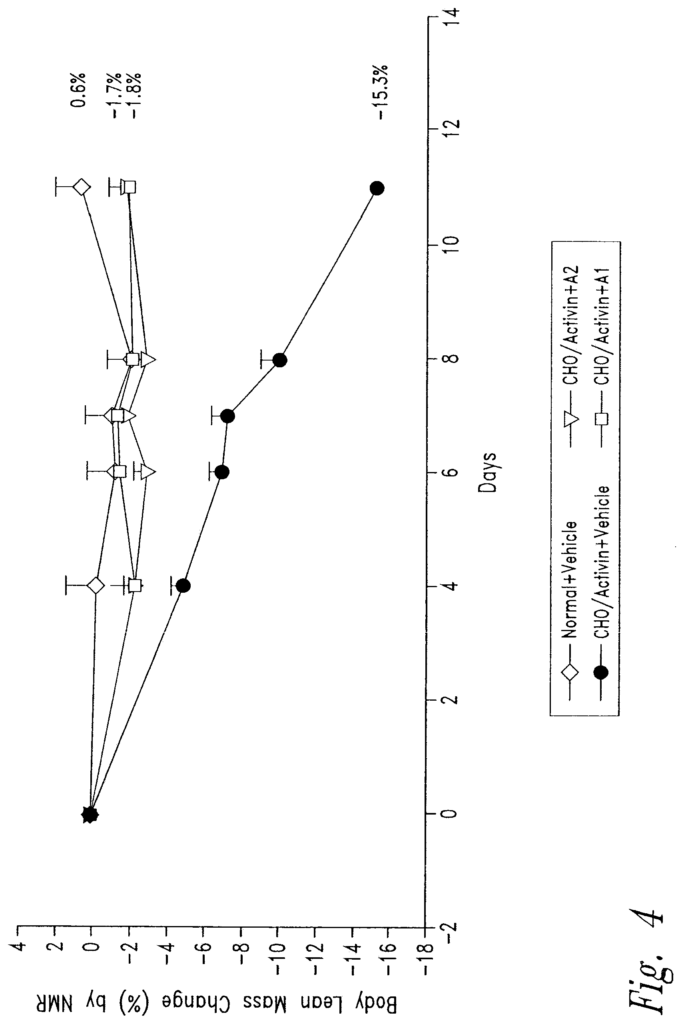
In a second aspect, the antigen-binding protein isolated is composed of either: a. A light chain variable domain containing: i. The light chain CDR2 and the light chain CDR3 sequences are included in this variable domain. A light chain CDR3 domain; b. an heavy chain variable region comprising: i. A heavy chain CDR2 or a heavy-chain CDR3 sequence. A heavy chain CDR3; or c. The light chain variable of (a) and heavy chain variable of (b).
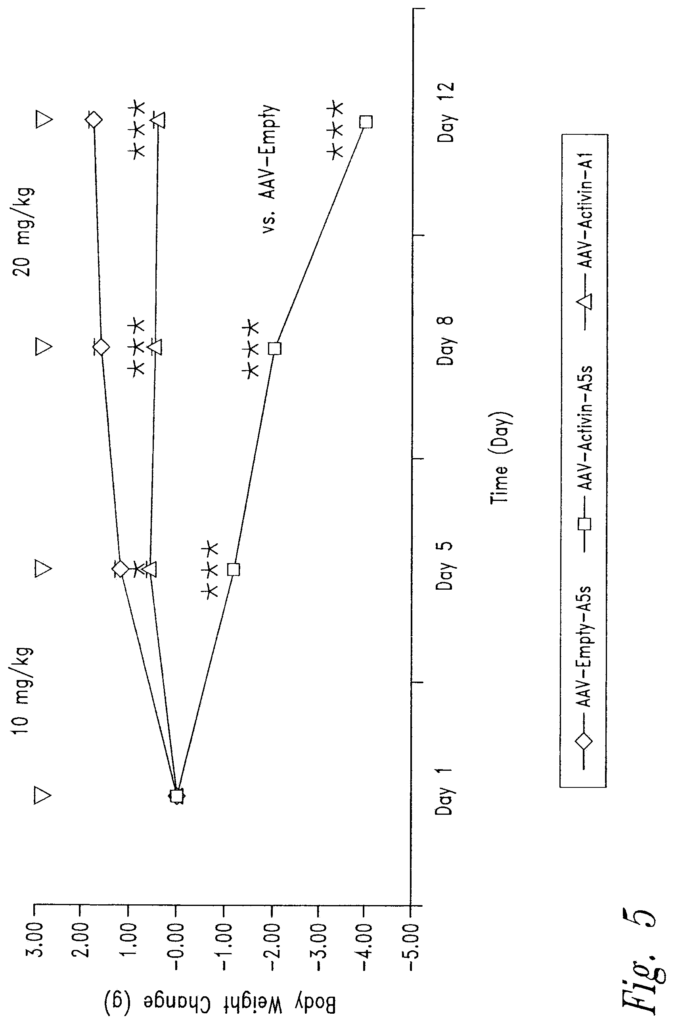
Click here to view the patent on Google Patents.
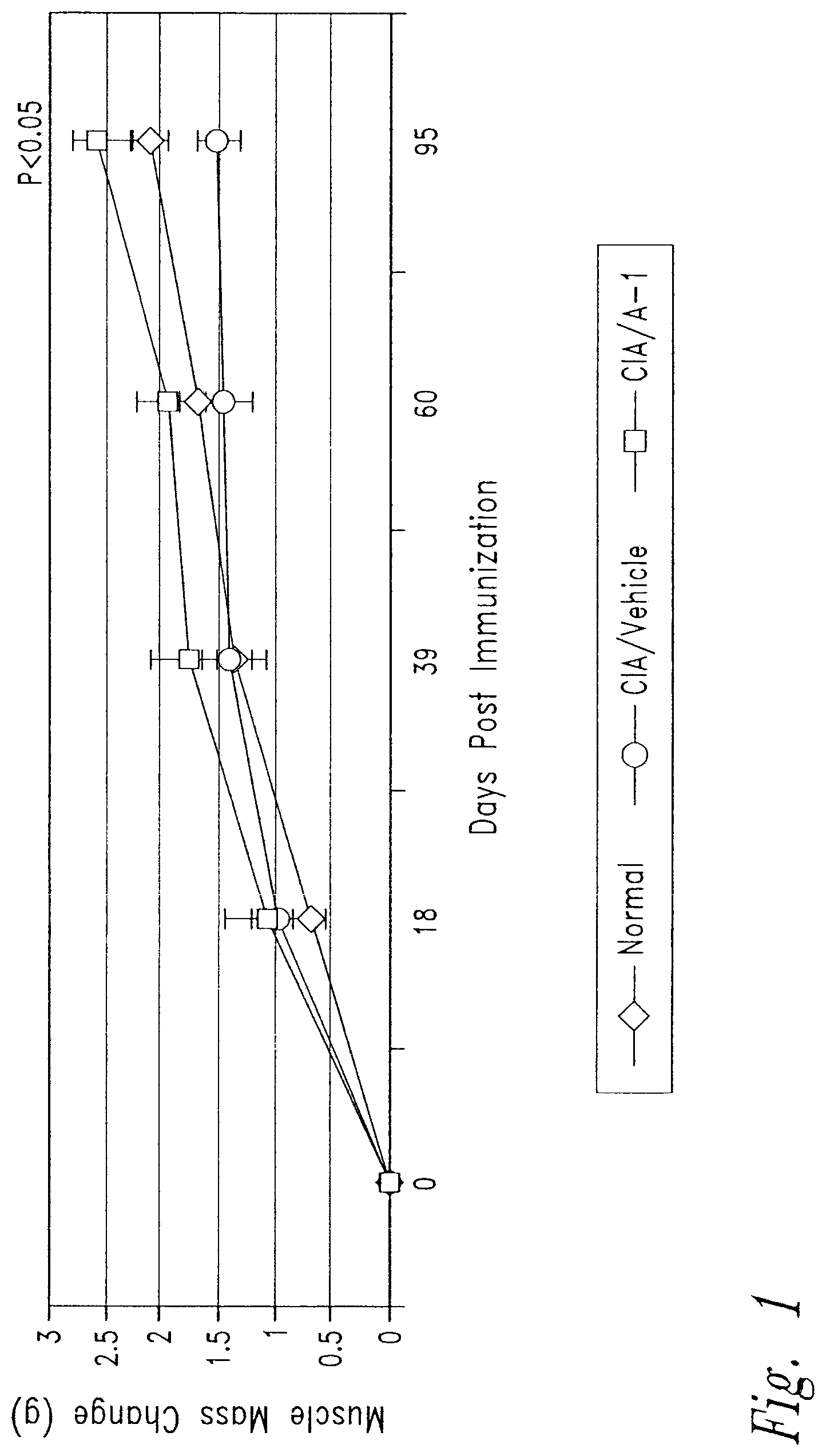
Leave a Reply